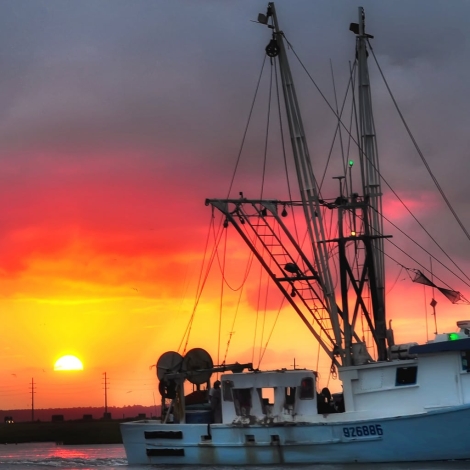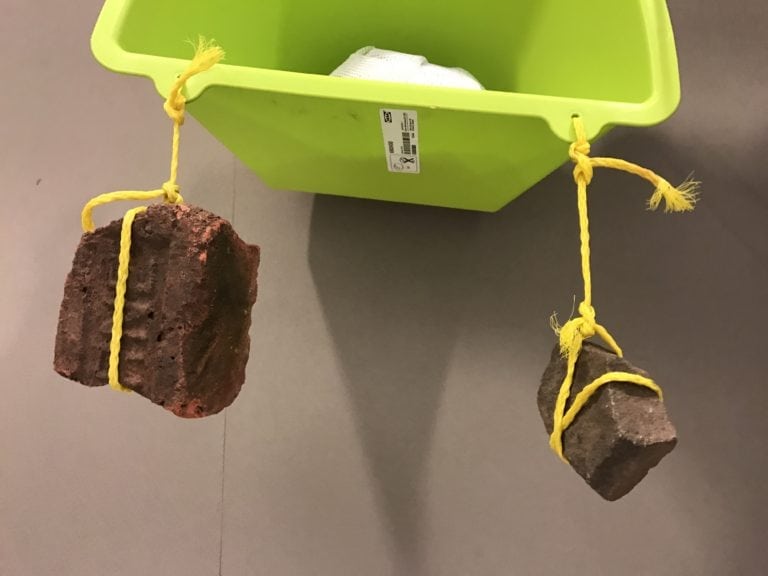Fishers encroaching on protected marine areas may have a harder time taking advantage of their anonymity on the mostly unwatched seas. Their undoing could be a combination of satellites, identity transceivers and a new algorithm that spots ships that seem to be fishing. Global Fishing Watch draws on the ethos and technology of its three founding organizations—Oceana, a conservation advocacy organization, Sky Truth, an environmental non-profit, and Google—to track ships and plot their locations on a publicly available world map for all of us to see.
The system holds promise as a way to verify that fishers are respecting Marine Protected Areas, and as a way to hold cheaters accountable. Case studies seem to support the concept. Take the Phoenix Islands Protected Area. The waters around these mostly uninhabited islands in the central Pacific closed to industrial fishing in 2015. But monitoring the region was difficult. Global Fishing Watch’s online map is able to show that ships that use the Automatic Identification System did, in fact, obey the fishing ban, however.
In 2016, 33 countries created a network of Marine Protected Areas that should quintuple the protected space in the world’s oceans from 2 percent to 10 percent by the year 2020. How to monitor and enforce fishing bans in those areas became a central issue. Now, with Global Fishing Watch, anyone from activists to journalists to governments can monitor ships in protected areas through the organization’s site.
How Global Fishing Watch tracks ships
The foundation of Global Fishing Watch’s technology is the Automatic Identification System. Most large ships, including commercial fishing ships, periodically transmit their identity and location using this classification. The AIS is mandated by governments and the International Marine Organization, originally created to help ships avoid collisions on the water.
Global Fishing Watch uses these ships’ transmissions to track them in near real time. By applying an algorithm to each ship’s movements, the organization can predict which ships are engaged in fishing. It then cross-references them with databases of ship names and countries of origin to produce a world map of identifiable fishing vessels.
“What we are doing has never been done before on a global scale, and it’s really quite complex.”
“What we are doing has never been done before on a global scale, and it’s really quite complex. Our platform has been evolving rapidly, even since the launch, and we are continually updating, improving and adding new data and new features. On the drawing board now are a couple of very exciting features including the ability for users to add their own layers and generate reports from the Global Fishing Watch map,” says Kimbra Cutlip, a spokesperson for Global Fishing Watch.
How accurate is the tracking system?
It is true that ships can turn off the transceiver, and apparently, some have been able to fake their locations. But analysts using Global Fishing Watch’s map can spot suspicious behavior and flag it for investigation. Stories of erratically moving blips on the map and other potential shenanigans make for addictive reading Global Fishing Watch’s blog. The articles read like true crime thrillers, full of maritime mystery and suspense. With screen shots, links to its map and videos of its map changing over time, the articles raise questions about suspicious activity, or they offer explanations for eyebrow-raising movements that may not be anything nefarious after all, and other fodder for hours of Internet sleuthing and intrigue.
The algorithm employs variables such as the ship’s speed and heading to predict whether it is fishing. The machine-learning algorithms target three main fishing activities: trawling, longlining and purse seining, or dragnet fishing. Global Fishing Watch detailed its system in an article in Science.
With screen shots, links to its map and videos of its map changing over time, Global Fishing Watch’s articles raise questions about suspicious activity.
One of several case studies that demonstrate the system’s impact tracked ships through Global Fishing Watch and compared their movements to those of tagged reef sharks in the US Palmyra Atoll National Wildlife Refuge. Satellite tracking showed that most of the reef sharks stayed within the protected area and most ships stayed out. The study was published in the journal Biological Conservation.
Other research ongoing now compares albatross migrations in French Sub-Antarctic islands with fishing activity, Ms. Cutlip says.
Good for marine life, but good for fishers?
Conservation doesn’t have to hurt fishers’ bottom line, Ms. Cutlip says.
“This kind of transparency can be good for the market, too. Global Fishing Watch can be used to provide a positive incentive for the fishing industry, because fishing operators that can prove sustainable practices can be more competitive in the market and command higher prices. Transparency and traceability are becoming increasingly important in the global seafood market as governments up their efforts to reduce illegal, unreported and unregulated fishing and consumers grow more concerned about the source of their food. Here are two examples of how we’re working with partners in the seafood supply chain,” Ms. Cutlip says.
Data available online
Global Fishing Watch is freely available after signing up. Much of the organization’s data is also accessible to the public through globalfishingwatch.io.

